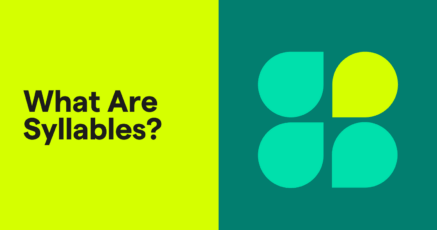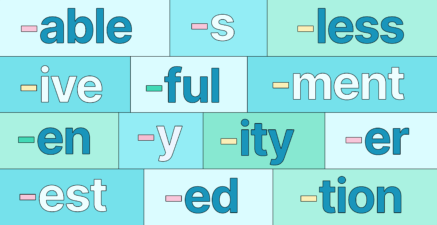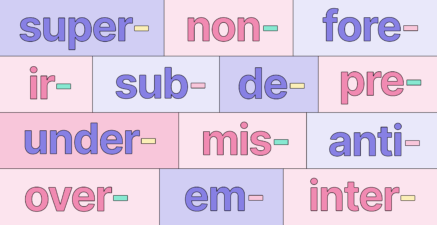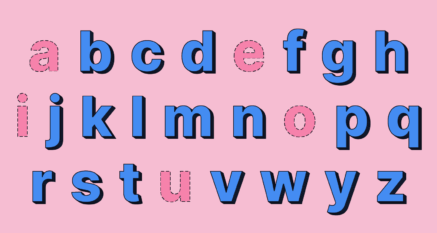Grammar Tips - Page 5
 What Are Syllables, and How Do You Count Them?Key takeaways: Syllables are the “beats” of a word and help break down complex words for easier pronunciation. Recognizing...February 21, 2023
What Are Syllables, and How Do You Count Them?Key takeaways: Syllables are the “beats” of a word and help break down complex words for easier pronunciation. Recognizing...February 21, 2023 Independent and Dependent Clauses: Rules and ExamplesIndependent and dependent clauses are the two main types of clause in English, and every clause is either one or the other. The...February 20, 2023
Independent and Dependent Clauses: Rules and ExamplesIndependent and dependent clauses are the two main types of clause in English, and every clause is either one or the other. The...February 20, 2023 When to Use Who vs. ThatMany people use the words who and that interchangeably, but it’s important to know the difference between them. In short, who is...February 17, 2023
When to Use Who vs. ThatMany people use the words who and that interchangeably, but it’s important to know the difference between them. In short, who is...February 17, 2023 Misplaced Modifiers: Definition and ExamplesA misplaced modifier is a word, phrase, or clause that is separated from the word it describes, creating confusion and ambiguity....February 7, 2023
Misplaced Modifiers: Definition and ExamplesA misplaced modifier is a word, phrase, or clause that is separated from the word it describes, creating confusion and ambiguity....February 7, 2023 Antecedents: Definition and ExamplesIn English grammar, an antecedent is a person, place, thing, or clause represented by a pronoun or pronominal adjective. It is...December 21, 2022
Antecedents: Definition and ExamplesIn English grammar, an antecedent is a person, place, thing, or clause represented by a pronoun or pronominal adjective. It is...December 21, 2022 The Verb “To Be” Explained, With ExamplesThe irregular verb to be is the most complicated of all the English verbs—and it just so happens to be the most used, too. The to...December 15, 2022
The Verb “To Be” Explained, With ExamplesThe irregular verb to be is the most complicated of all the English verbs—and it just so happens to be the most used, too. The to...December 15, 2022 What Are Suffixes in English? Definition and ExamplesSuffixes are letters added to the end of a base word to change its conjugation, word type, or other grammar properties like...December 9, 2022
What Are Suffixes in English? Definition and ExamplesSuffixes are letters added to the end of a base word to change its conjugation, word type, or other grammar properties like...December 9, 2022 What Are Prefixes in English? Definition and ExamplesPrefixes are one- to three-syllable affixes added to the beginning of a base word to slightly change its meaning. For example,...December 8, 2022
What Are Prefixes in English? Definition and ExamplesPrefixes are one- to three-syllable affixes added to the beginning of a base word to slightly change its meaning. For example,...December 8, 2022 Understanding Vowels: Definition, Examples, and RulesKey takeaways: Vowels are the letters a, e, i, o, u, and sometimes y. They’re the sounds we make with an open mouth, and they’re...November 29, 2022
Understanding Vowels: Definition, Examples, and RulesKey takeaways: Vowels are the letters a, e, i, o, u, and sometimes y. They’re the sounds we make with an open mouth, and they’re...November 29, 2022 What Are Consonants? Definition and ExamplesConsonants are letters that represent certain speech sounds, specifically sounds that involve blocking the air before it leaves...November 29, 2022
What Are Consonants? Definition and ExamplesConsonants are letters that represent certain speech sounds, specifically sounds that involve blocking the air before it leaves...November 29, 2022